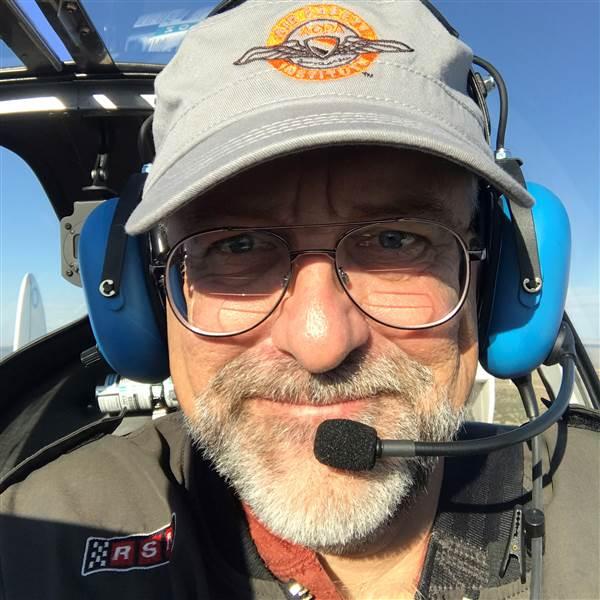Training and Safety Tip: Read before flight
Maneuvering mastery begins in your head
In most school environments, at the end of the day teachers give homework that expands on the day’s lecture. Not true of flight school.
When you’re learning to fly, the homework comes first, and for good reason. With a hands-on skill like flying, the learning starts not with the hands but with the head.
Most flight schools nowadays, especially the FAR Part 141 variety, provide a structured curriculum so you know exactly what maneuvers are coming down the pike, and when. If you are at a Part 61 school that tailors the lessons to you, be sure to ask your instructor what’s on the docket next, so that you can be prepared. All instructors love a prepared learner.
Then hit the books… well… book. Your go-to textbook for maneuvers is the FAA’s Airplane Flying Handbook. It’s not the most readable piece of literature and will never be a New York Times bestseller, but that’s OK, because it isn’t the kind of book you sit down and read cover to cover. Instead, it’s a treasure trove of information to savor a little bit at a time. It will explain why each maneuver is important to building pilot skill, the elements you need to connect the dots as you develop an automatic response to performing it, and even some common errors new learners often make—so that you can avoid them.
Next, get yourself one of those little airplane models to help you visualize what the airplane will be doing in space. In your mind’s eye picture what the world outside your windshield will look like, and what the instruments will be telling you.
While all of this requires a proactive, disciplined approach, you will be rewarded by picking up maneuvers faster, saving you money, and making you a better aviator.




